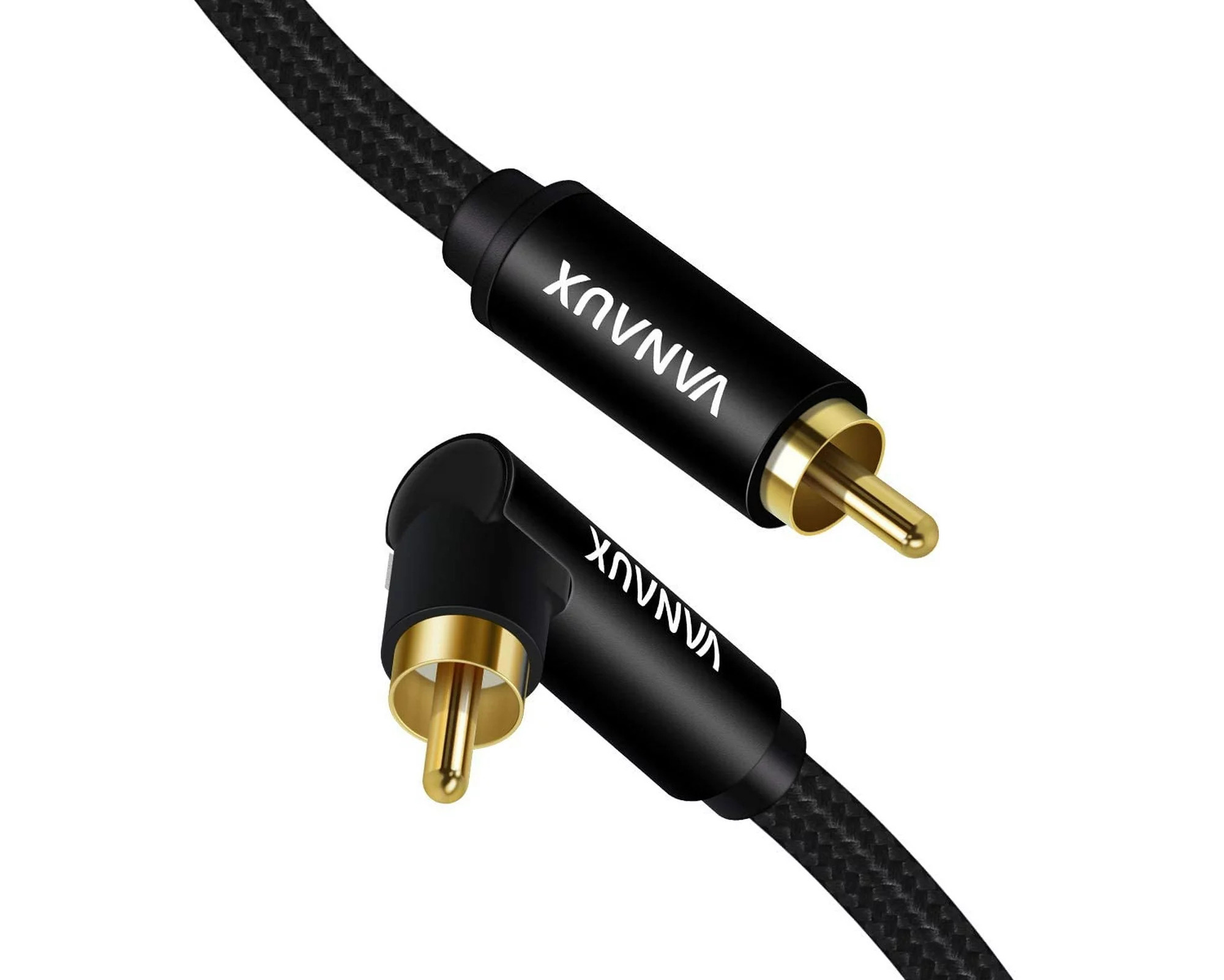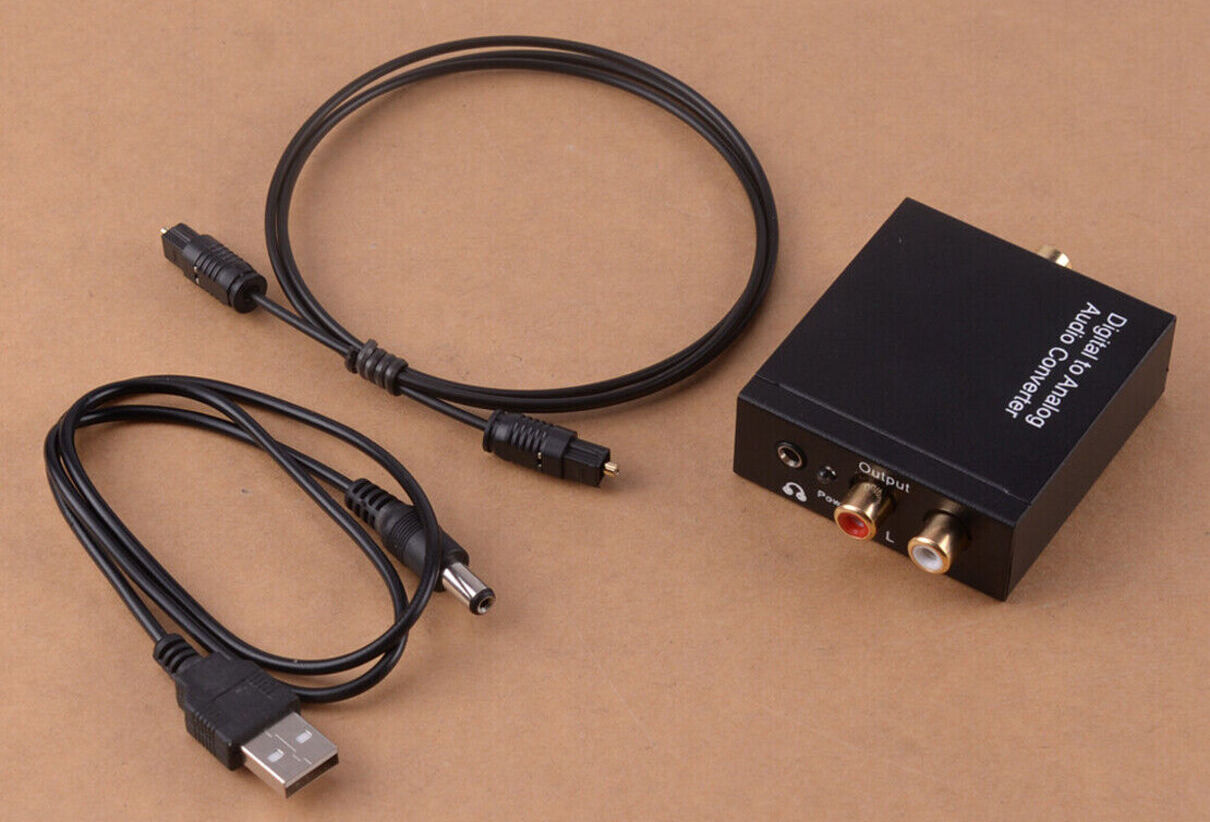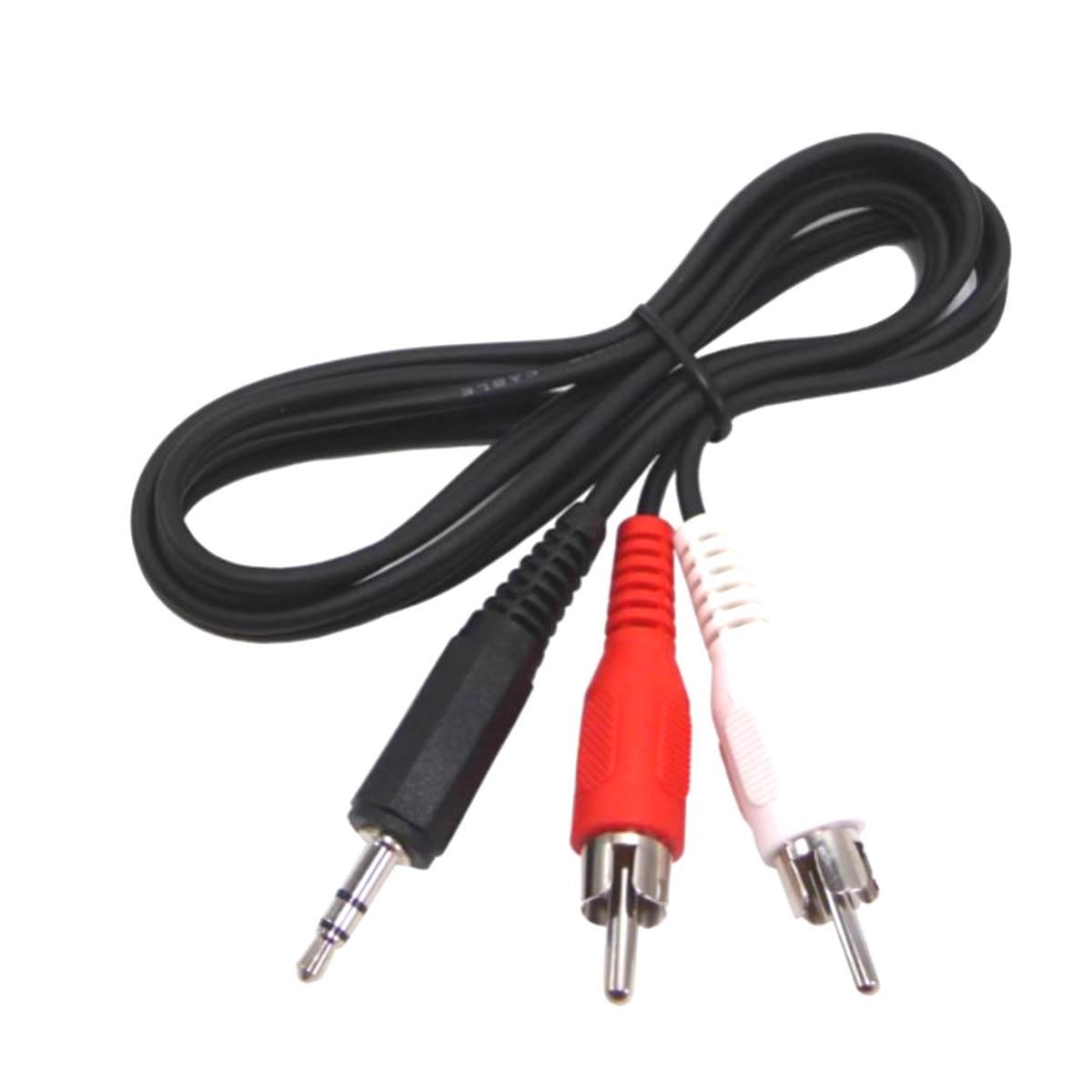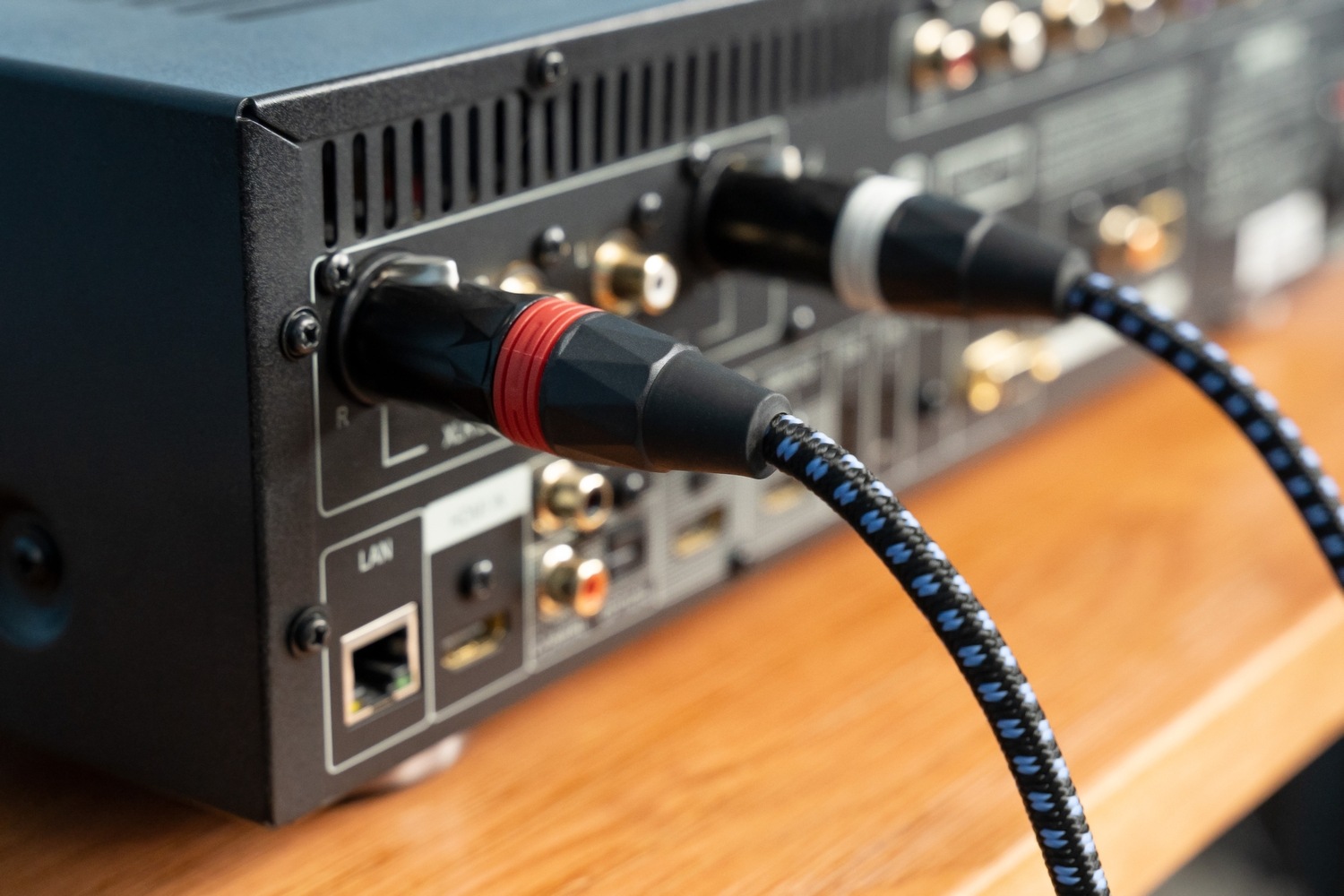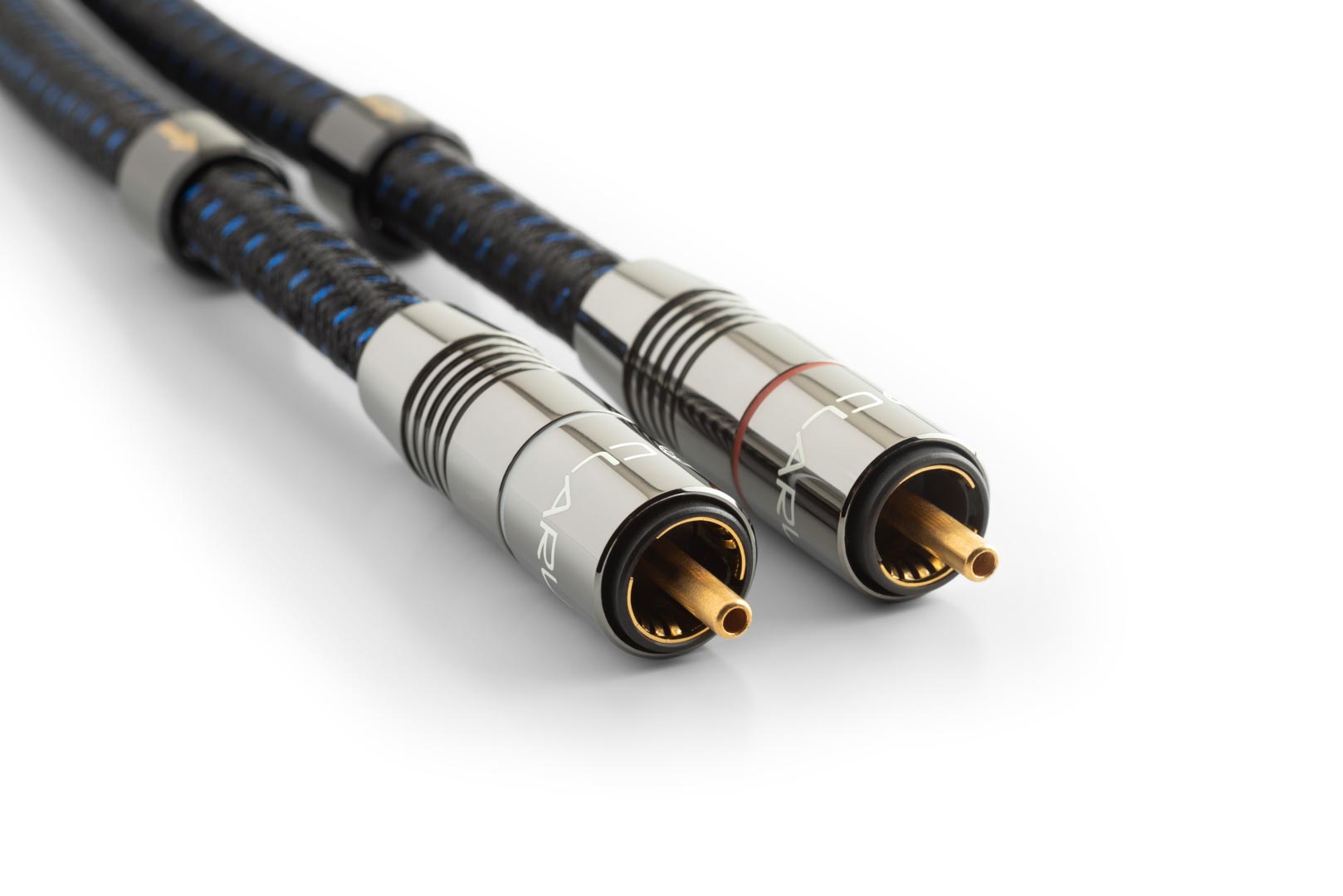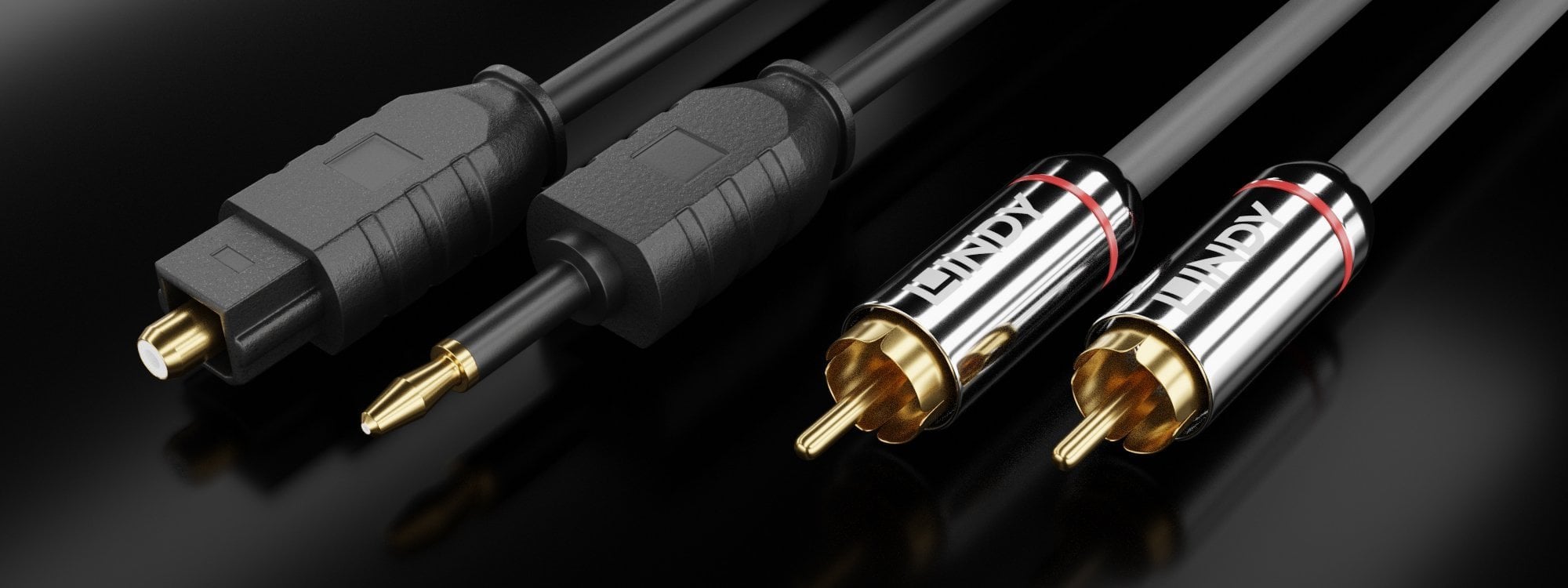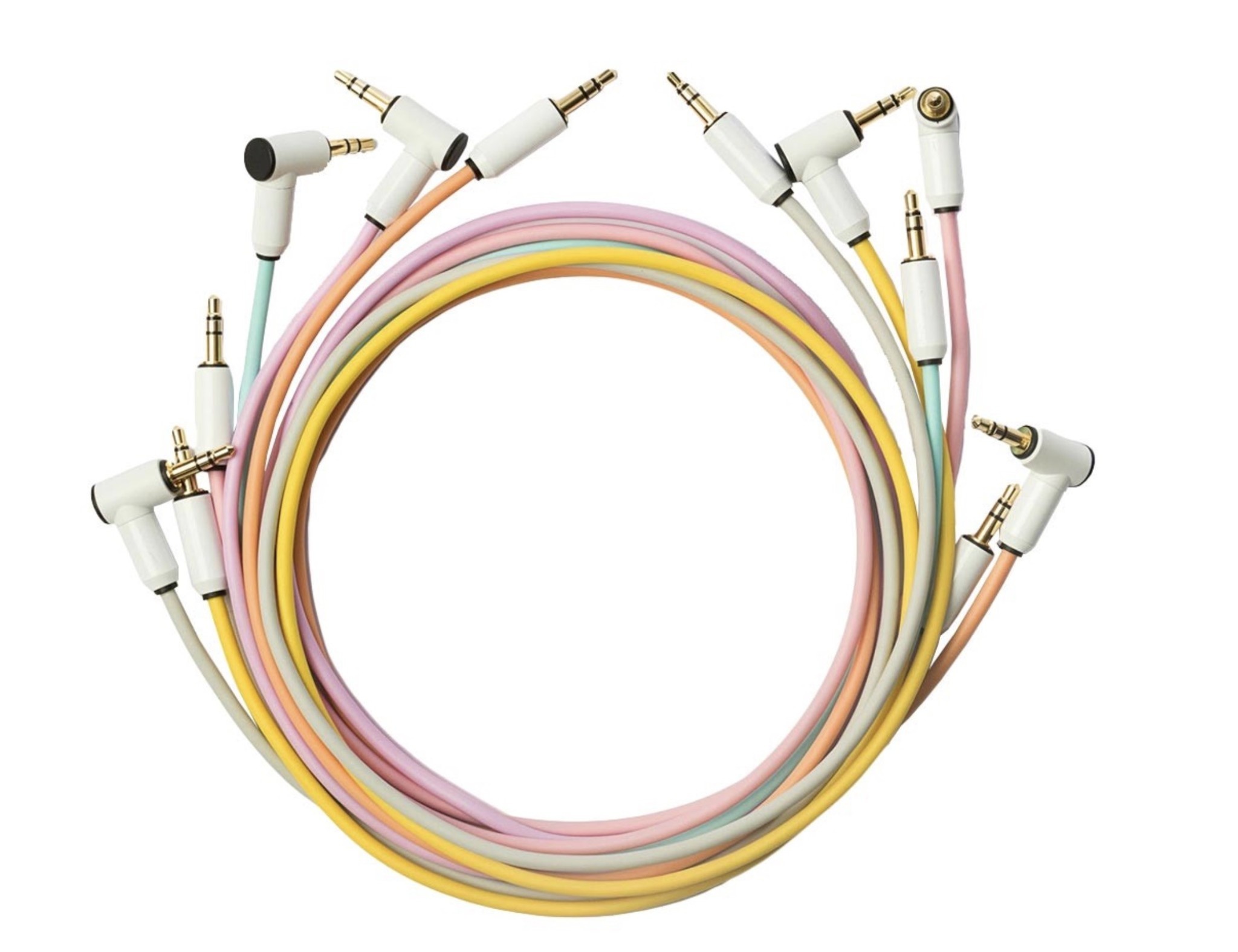Home>Production & Technology>Audio Cable>What Is Y Audio Cable


Audio Cable
What Is Y Audio Cable
Modified: January 27, 2024
Discover the benefits and uses of audio cables. Find out how audio cables can enhance your sound system and improve audio quality.
(Many of the links in this article redirect to a specific reviewed product. Your purchase of these products through affiliate links helps to generate commission for AudioLover.com, at no extra cost. Learn more)
Table of Contents
Introduction
Welcome to the world of audio cables, where every sound and beat is amplified and transmitted. In this digital age, where music and audio are an integral part of our lives, having the right audio cables can make all the difference in the quality of sound that we experience. One such type of audio cable that takes center stage is the Y audio cable.
The Y audio cable, also known as a Y splitter cable or a stereo Y cable, is a versatile audio cable that allows you to connect multiple audio devices to a single source. With its unique Y-shaped design, it splits the audio signal into two or more outputs, enabling you to enjoy your favorite tunes on multiple devices simultaneously.
Whether you are a music enthusiast, a gamer, a professional musician, or someone who simply enjoys the crisp and clear audio, understanding the ins and outs of Y audio cables can greatly enhance your audio experience. In this article, we will delve into the history, components, types, uses, advantages, and disadvantages of Y audio cables, along with tips on how to choose the right one for your needs.
Join us on this sonic journey as we explore the fascinating world of Y audio cables and uncover the wonders they bring to our audio setups. Get ready to amplify your audio experience with the knowledge and power of Y audio cables!
History of Audio Cables
The roots of audio cables can be traced back to the early days of telegraphy and telephony in the 19th century. These early cables were primarily used for transmitting electrical signals over long distances, allowing for communication across vast networks. As technology advanced and audio recording and playback devices were developed, the need for specialized audio cables arose.
One of the earliest types of audio cables was the single conductor shielded cable, which was commonly used in the early days of audio recording. This cable consisted of a single conductive wire surrounded by a shield to reduce interference and noise. While effective for transmitting audio signals over short distances, this type of cable had limitations in terms of signal degradation and lack of flexibility.
As audio technology continued to evolve, so did the design and construction of audio cables. In the mid-20th century, coaxial cables were introduced, featuring an inner conductor surrounded by a dielectric material and an outer conductor shield. These cables offered improved protection against interference and enabled the transmission of higher frequency signals.
With the advent of stereo audio systems and the need to connect multiple audio devices to a single source, the Y audio cable was born. This innovative cable design featured a Y-shaped splitter at one end, allowing the audio signal to be split into two or more outputs. This breakthrough in audio cable technology revolutionized the way audio devices were connected, providing users with the ability to listen to their favorite music or audio on multiple devices simultaneously.
Since then, the design and functionality of audio cables have continued to evolve. New materials, such as high-quality copper and silver conductors, have been incorporated to improve signal transmission and reduce signal loss. Connectors, such as RCA, 3.5mm, and XLR, have become standardized, ensuring compatibility across a wide range of audio devices.
Today, audio cables continue to play a crucial role in the world of audio and entertainment. From home theaters and recording studios to live performances and DJ setups, audio cables are the lifelines that connect audio devices and deliver the rich and immersive sound experience we crave.
Components of a Y Audio Cable
A Y audio cable is comprised of several key components that work together to deliver high-quality audio signals. Understanding these components can help you make informed decisions when choosing the right Y audio cable for your specific needs. Let’s take a closer look at the important components:
1. Conductors: The conductors are the wires inside the cable that carry the audio signal. Y audio cables typically have two conductors, one for the left audio channel and one for the right audio channel. They are usually made of copper or silver, which provide good conductivity and reduce signal loss.
2. Insulation: Insulation is a protective covering that surrounds the conductors and prevents them from coming into contact with each other or other external elements. This helps maintain the integrity of the audio signal and reduces the risk of interference. Common insulation materials include PVC (Polyvinyl Chloride) and Teflon.
3. Shielding: Shielding is an important feature of audio cables that helps minimize electromagnetic interference (EMI) and radio frequency interference (RFI). It typically consists of a layer of conductive material, such as copper or aluminum, that surrounds the conductors. This shield absorbs and redirects unwanted electrical noise, ensuring cleaner and clearer audio signals.
4. Connectors: Connectors are the interface between the audio cable and the audio devices. Y audio cables commonly use connectors such as RCA (Radio Corporation of America), 3.5mm (also known as mini-jack or headphone jack), or XLR (eXtended Line Return). These connectors are designed to securely and reliably transmit the audio signal between devices.
5. Splitter: The defining feature of a Y audio cable is the splitter, which is located at one end of the cable. The splitter divides the audio signal from a single source into two or more separate outputs, allowing multiple devices to receive the audio signal simultaneously. This is especially useful when connecting devices such as speakers, headphones, or audio interfaces to a single audio source.
When these components are well-designed and constructed using high-quality materials, they contribute to the overall performance and durability of the Y audio cable. A well-made cable with proper insulation and shielding can result in improved signal clarity, reduced noise, and a superior audio experience.
Types of Y Audio Cables
Y audio cables come in various types, each designed to cater to specific audio setups and devices. Understanding the different types of Y audio cables can help you choose the right one for your particular needs. Here are some common types of Y audio cables:
1. RCA Y Audio Cable: This type of Y audio cable is equipped with RCA connectors on one end and a Y-shaped splitter on the other end. RCA cables are widely used in home audio systems and provide a reliable connection for transmitting analog audio signals. The Y splitter allows you to connect multiple devices, such as speakers or amplifiers, to a single audio source.
2. 3.5mm Y Audio Cable: The 3.5mm Y audio cable, also known as a mini-jack splitter cable, is commonly used with portable devices such as smartphones, tablets, and laptops. It features a 3.5mm connector on one end, which is compatible with most standard headphone jacks, and a Y-shaped splitter on the other end. This allows you to connect multiple headphones or speakers to a single audio output.
3. XLR Y Audio Cable: XLR cables are widely used in professional audio applications such as live sound, recording studios, and professional music performances. XLR Y audio cables feature XLR connectors on one end and a Y-shaped splitter on the other. This allows you to split the audio signal from a microphone or audio interface and send it to multiple destinations such as mixers, speakers, or recording devices.
4. Optical Y Audio Cable: Optical Y audio cables, also known as Toslink or SPDIF cables, are designed for transmitting digital audio signals. They feature optical connectors that use light to carry the audio signal. The Y splitter allows you to connect a single optical output to multiple devices, such as soundbars or AV receivers, for simultaneous audio playback.
5. Combo Y Audio Cable: Combo Y audio cables offer versatility by combining different connector types into a single cable. For example, a combo Y audio cable may have an RCA connector on one end and a 3.5mm connector on the other end, allowing you to connect devices with different audio input/output jacks. This type of cable is useful in situations where multiple devices with different connector types need to be connected.
It’s important to note that the type of Y audio cable you choose should be compatible with your audio devices and the specific audio signals you want to transmit. Understanding the different types of Y audio cables can help you make an informed decision and ensure a seamless audio connection for your setup.
Uses of Y Audio Cables
Y audio cables serve a wide range of purposes and are utilized in various audio setups and applications. Understanding the uses of Y audio cables can help you harness their full potential and enhance your audio experience. Let’s explore some common uses of Y audio cables:
1. Home Audio Systems: Y audio cables are frequently used in home audio systems to connect audio devices such as DVD players, gaming consoles, or set-top boxes to a receiver or amplifier. By utilizing a Y audio cable, you can split the audio signal and send it to multiple speakers or amplifiers, creating a surround sound effect and a more immersive listening experience.
2. Headphone Sharing: If you want to share the audio from a single device, such as a smartphone or a laptop, with a friend or a group, a Y audio cable with a 3.5mm splitter can come in handy. This allows multiple headphones or earphones to be connected to the same audio output, enabling everyone to enjoy the music, podcast, or movie together.
3. Recording Studios: In recording studios, Y audio cables with XLR connectors are utilized to split the audio signal from microphones or audio interfaces to multiple destinations. This allows for simultaneous recording, monitoring, and mixing of audio signals. It enables artists, engineers, and producers to collaborate effectively and capture high-quality audio.
4. DJ Setups: DJs often use Y audio cables to connect their DJ mixers or controllers to multiple amplifiers or sound systems. This allows them to distribute the audio signal to different areas of a venue for optimal sound and coverage. Y audio cables with RCA or XLR connectors are commonly employed in DJ setups.
5. Gaming Consoles: Y audio cables are popular in gaming setups, particularly for multiplayer gaming. By using a Y audio cable, gamers can connect their gaming consoles to multiple gaming headsets or speakers, allowing everyone involved in the gameplay to enjoy the audio simultaneously. This enhances the gaming experience and facilitates communication between players.
6. Conference Rooms: Y audio cables are useful in conference room setups, where multiple audio devices need to be connected. Whether it’s connecting laptops, projectors, speakers, or audio mixers, a Y audio cable allows for easy integration and distribution of audio signals, ensuring clear and consistent sound during presentations, meetings, or video conferencing.
These are just a few examples of the versatile uses of Y audio cables. Their ability to split audio signals and connect multiple devices makes them indispensable in various audio-related scenarios. Regardless of your audio setup, Y audio cables can provide the flexibility and convenience you need to make the most of your audio devices and create a more enjoyable listening experience.
Advantages and Disadvantages of Y Audio Cables
Y audio cables offer several advantages that make them popular and useful in various audio setups. However, like any technology, they also come with a few drawbacks. Understanding the advantages and disadvantages of Y audio cables can help you make informed decisions when incorporating them into your audio system. Let’s explore these pros and cons:
Advantages:
1. Versatility: One of the major advantages of Y audio cables is their versatility. They allow you to connect multiple audio devices to a single audio source, making them suitable for a range of applications, including home audio systems, recording studios, gaming setups, and more.
2. Simplicity: Y audio cables are relatively simple to use. You just need to connect one end of the cable to your audio source and the other end to the devices you want to distribute the audio signal to. No complex configurations or additional equipment are typically required.
3. Cost-effective: Y audio cables are generally inexpensive compared to other audio cables or signal distribution solutions. They provide a cost-effective way to split audio signals and connect multiple devices without investing in separate audio distribution systems.
4. No additional power required: Y audio cables do not require any additional power source to function. They rely solely on the audio source to transmit the signal to the connected devices, eliminating the need for extra cables or power adapters.
Disadvantages:
1. Signal degradation: One potential disadvantage of Y audio cables is signal degradation. As the audio signal is split among multiple devices, there is a possibility of a slight loss in signal quality. This may result in a decrease in audio fidelity, especially when connecting devices with varying impedance levels or signal strengths.
2. Interference and noise: If not properly shielded, Y audio cables may be susceptible to interference and noise. This can lead to degraded audio quality or unwanted background noise in the audio signal. It is important to choose high-quality cables with proper shielding to minimize these issues.
3. Limited device compatibility: Y audio cables may have limited compatibility with certain audio devices that require specific connectors or impedance matching. It is important to ensure that the connectors on the cable match the connectors on your devices to ensure proper functionality.
4. Limited distance: Y audio cables are typically designed for short to moderate audio signal transmission distances. If you need to transmit audio signals over long distances, you may need to consider other audio distribution solutions that can maintain signal integrity over greater distances.
Understanding the advantages and disadvantages of Y audio cables can help you weigh their suitability for your specific audio setup. For simple applications and connecting devices in close proximity, Y audio cables can provide a cost-effective and convenient solution. However, for more complex setups or long-distance audio distribution, it may be necessary to explore alternative options.
How to Choose the Right Y Audio Cable
Choosing the right Y audio cable is crucial to ensure optimal audio performance and compatibility with your devices. With the variety of options available in the market, it can be overwhelming to make the right choice. Here are some key factors to consider when selecting a Y audio cable:
1. Connector Type: Identify the audio input/output connectors that your devices support. Common connector types include RCA, 3.5mm (mini-jack), XLR, and optical. Ensure that the Y audio cable you choose has the appropriate connectors to match your devices. Consider any additional needs, such as gold-plated connectors for improved conductivity and durability.
2. Cable Length: Measure the distance between your audio source and the devices you want to connect. Choose a Y audio cable with an appropriate length to avoid strain on the cable and ensure a clean signal transfer. Avoid excessively long cables, as they may introduce signal degradation or interference.
3. Quality and Shielding: Look for a Y audio cable that is made from high-quality materials and offers proper shielding. High-quality cables with good insulation and shielding help minimize signal loss, interference, and noise. Consider cables with braided or foil shielding for better protection against external interferences.
4. Device Compatibility: Ensure that the Y audio cable is compatible with the specific audio devices you intend to connect. Check the impedance matching requirements and ensure the cable can handle the audio signal levels of your devices. This is particularly important for professional audio setups or devices with specific impedance specifications.
5. Application-specific Features: Identify any additional features or specifications that may be important for your specific audio setup. This could include features like color-coded connectors for easy identification, strain relief to prevent cable damage, or flexible cable material for ease of installation.
6. Budget: Consider your budget and find a Y audio cable that strikes a balance between quality and affordability. While it’s important to invest in a reliable and well-constructed cable, you don’t necessarily need to overspend for basic audio setups.
7. Read Reviews: Before making a purchase, read customer reviews and ratings of the Y audio cable you are considering. This can provide insights into the durability, performance, and compatibility of the cable based on real-world experiences.
By considering these factors, you can make an informed decision and choose a Y audio cable that meets your specific needs and ensures optimal audio connectivity. Remember to prioritize quality, compatibility, and functionality to enhance your audio experience and get the most out of your devices.
Conclusion
Y audio cables are essential tools in the world of audio, offering the possibility to connect multiple devices to a single audio source and enhance our listening experiences. Whether you’re setting up a home theater, recording studio, gaming rig, or conference room, understanding the features, uses, and considerations of Y audio cables is key to maximizing their potential.
Throughout this article, we have explored the history of audio cables, the components of Y audio cables, their types, uses, advantages, and disadvantages. We’ve also provided guidance on how to choose the right Y audio cable for your specific needs.
The versatility and simplicity of Y audio cables make them invaluable in a variety of audio setups. From splitting audio signals for multiple speakers or headphones to distributing audio in recording studios or conference rooms, Y audio cables provide the flexibility and convenience necessary for seamless audio connectivity.
While Y audio cables have their advantages, such as cost-effectiveness and versatility, it’s important to be aware of their limitations, including potential signal degradation and compatibility concerns. By understanding these factors and considering the specific requirements of your audio setup, you can make an informed decision and select the right Y audio cable.
Remember to prioritize high-quality materials, proper shielding, and compatibility with your devices when choosing a Y audio cable. Reading reviews and seeking recommendations can also be valuable in ensuring the reliability and performance of the cable.
Whether you’re a music enthusiast, a professional musician, a gamer, or simply someone who appreciates high-quality audio, incorporating the right Y audio cable into your setup can elevate your audio experience to new heights.
So, go forth, explore the world of Y audio cables, connect your devices, and enjoy the crisp and immersive sound that these cables enable. Let the power of Y audio cables take your audio journey to the next level!


